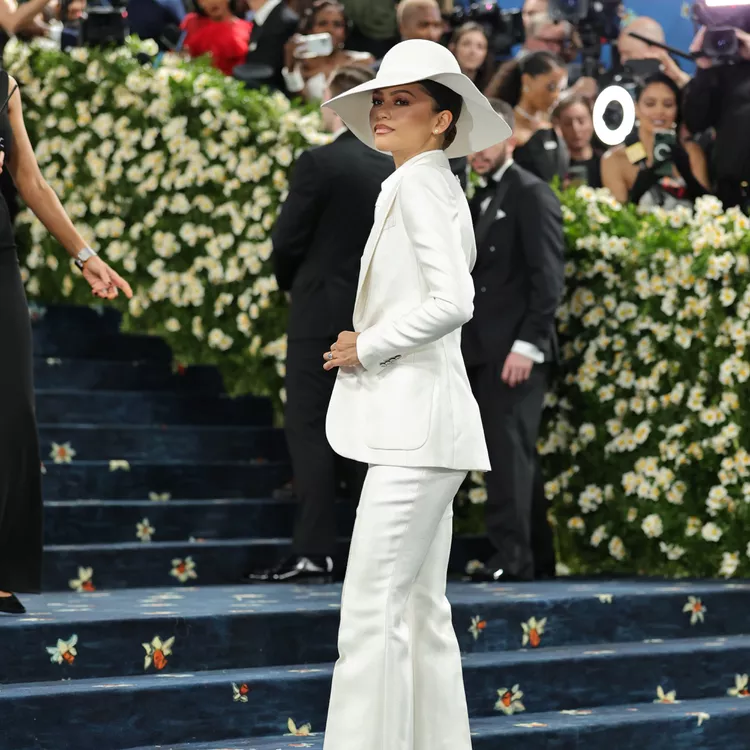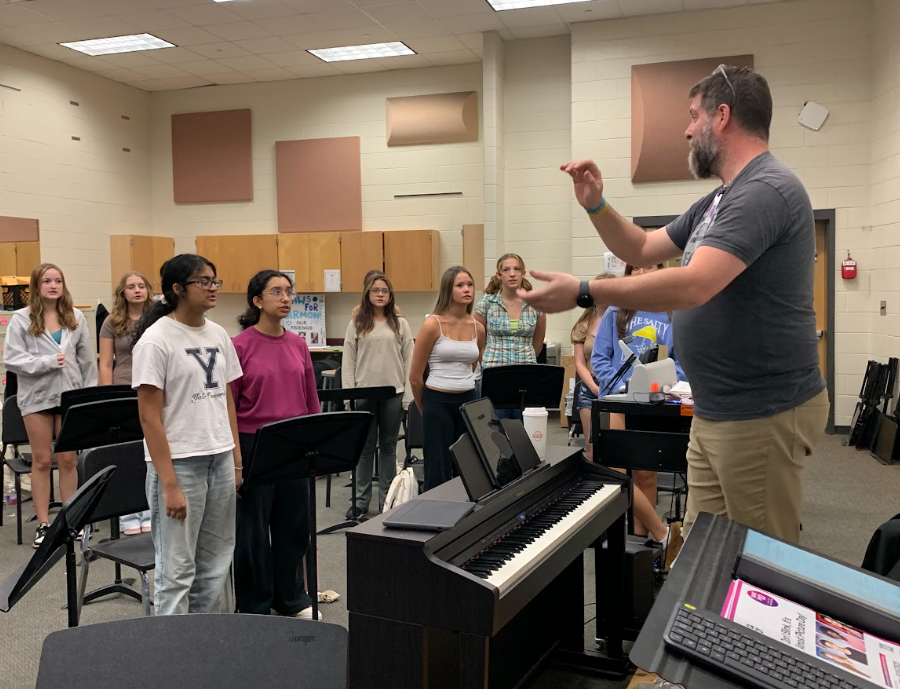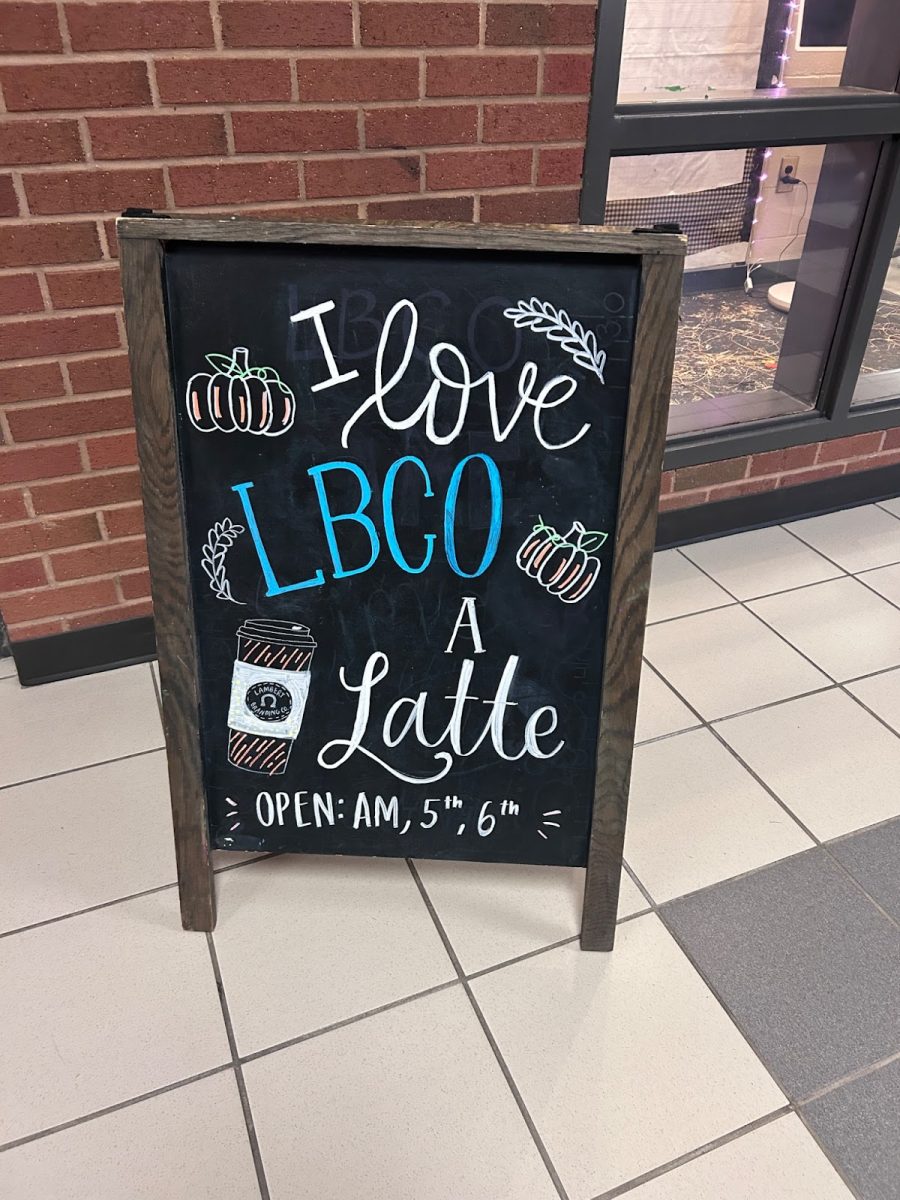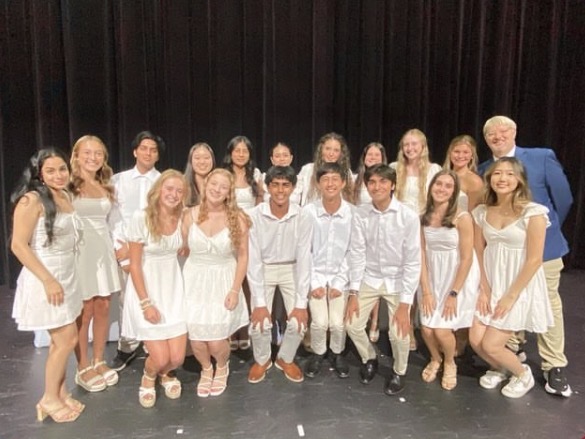Fashion fans, the 2025 Met Gala red carpet has officially closed—but the conversation is just beginning. This year’s theme, “Superfine: Tailoring Black Style,” marked a striking display of creativity rooted in cultural pride. Held on May 5 at the Metropolitan Museum of Art in New York City, the gala welcomed stars, designers and cultural icons to honor the Costume Institute’s spring exhibition, which opened to the public on May 10 and runs through October 26.
Curated around twelve defining characteristics of Black Dandyism including elegance, wit, innovation and intentionality, the exhibit explores the pivotal role of fashion in shaping Black identity across the Atlantic diaspora. More than just a style, Black Dandyism is a cultural and political statement. It reclaims European influenced tailoring (especially in menswear) as a form of resistance, pride and individuality. Historically, it has served as a way to defy stereotypes and assert self-expression in the face of exclusion. The red carpet theme, “Tailored for You,” invited guests to embody these ideals through their own interpretations, and they certainly rose to the occasion.
“This year’s theme definitely felt deeper than usual,” sophomore Sahana Muralidhar said. “It wasn’t just about looking good—it was about telling a story, especially about Black excellence and individuality.”
Tailoring has long been used as a powerful form of self-expression in Black communities, where clothing became a way to push back against stereotypes and take control of how one is seen. From historical figures who dressed sharply to assert dignity, to modern artists using style to celebrate identity, tailoring has helped tell stories of pride, resilience and creativity. At this year’s Met Gala, those stories came to life on the red carpet, stitched into every carefully chosen detail.
The 2025 Met Gala saw menswear take the stage, but not in a way one might expect. Classic suits were transformed into art, drama and protest. Colman Domingo, one of this year’s co-chairs, stunned in a custom gold brocade suit by Willy Chavarria, complete with a sweeping cape and pearl accessories, while fellow co-chair A$AP Rocky reinterpreted the classic tuxedo with a deconstructed denim suiting ensemble by Bode, blending regal elegance with modern edge.
Zendaya, never one to miss, turned heads in two separate looks—a sharp Louis Vuitton suit layered with corsetry and later a sculptural black gown with subtle references to Josephine Baker. Baker, an American-born French entertainer and civil rights activist, was one of the most iconic Black performers of the 20th century. Known for glamorous style and fierce independence, she used fashion and performance to challenge racial barriers in both the U.S. and Europe. Her reference to Baker underscored the influence of a woman who turned elegance into a form of resistance and self-definition.
“She balanced edge and elegance flawlessly,” Muralidhar remarked. “You could tell every stitch was intentional.”
Usher channeled elements of the Harlem Renaissance in a cool navy zoot suit, while Jodie Turner-Smith glowed in a crystal beaded suit-dress by Grace Wales Bonner.
“I especially loved that so many women embraced tailoring—it wasn’t just the men in suits,” Muralidhar said.
While the fashion was thrilling, the night carried weight. This year’s exhibit—unlike more costume heavy years—focused on fashion as resistance and refinement in the face of historical erasure. For centuries, Black style was dismissed or misrepresented, despite its deep influence on global fashion. By spotlighting tailoring and intentional dress, the exhibit reclaims that narrative, showing how clothing has long been used to express identity, dignity and power.
“It felt very meaningful this year,” Muralidhar stated. “Seeing Black designers and stylists lead the conversation gave the whole night purpose.”
Inside the museum, guests previewed the exhibition, which blends archival pieces, contemporary fashion and multimedia storytelling. The show honors not only individual style but how clothing becomes a means for self-definition and cultural pride.
“It was glamorous, yes,” Muralidhar said. “But it was also educational and real. I hope future Met Galas keep this energy.”
From velvet tuxedos to bedazzled fedoras, the 2025 Met Gala reminded us that tailored style is more than a look—it’s a language. And this year, it spoke volumes.















